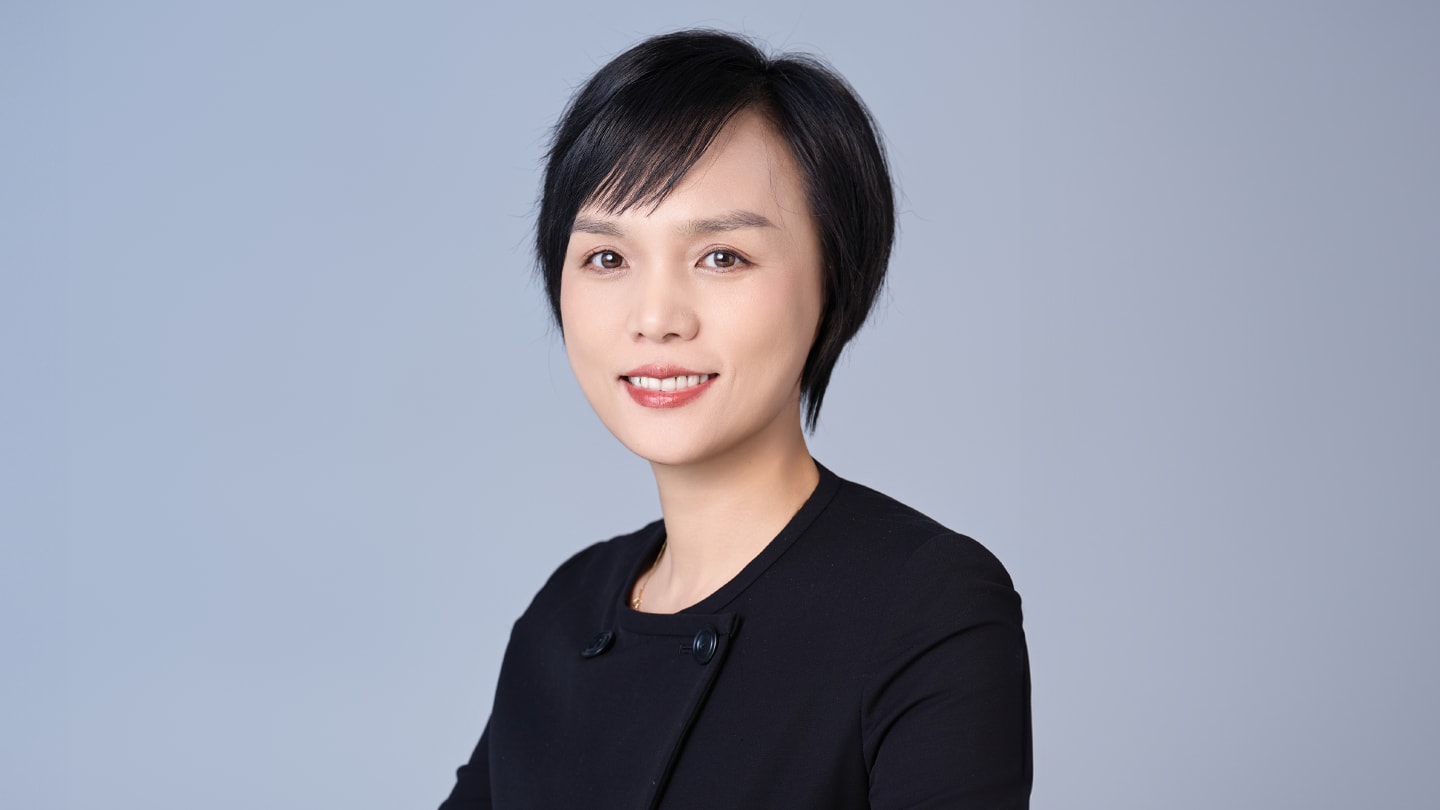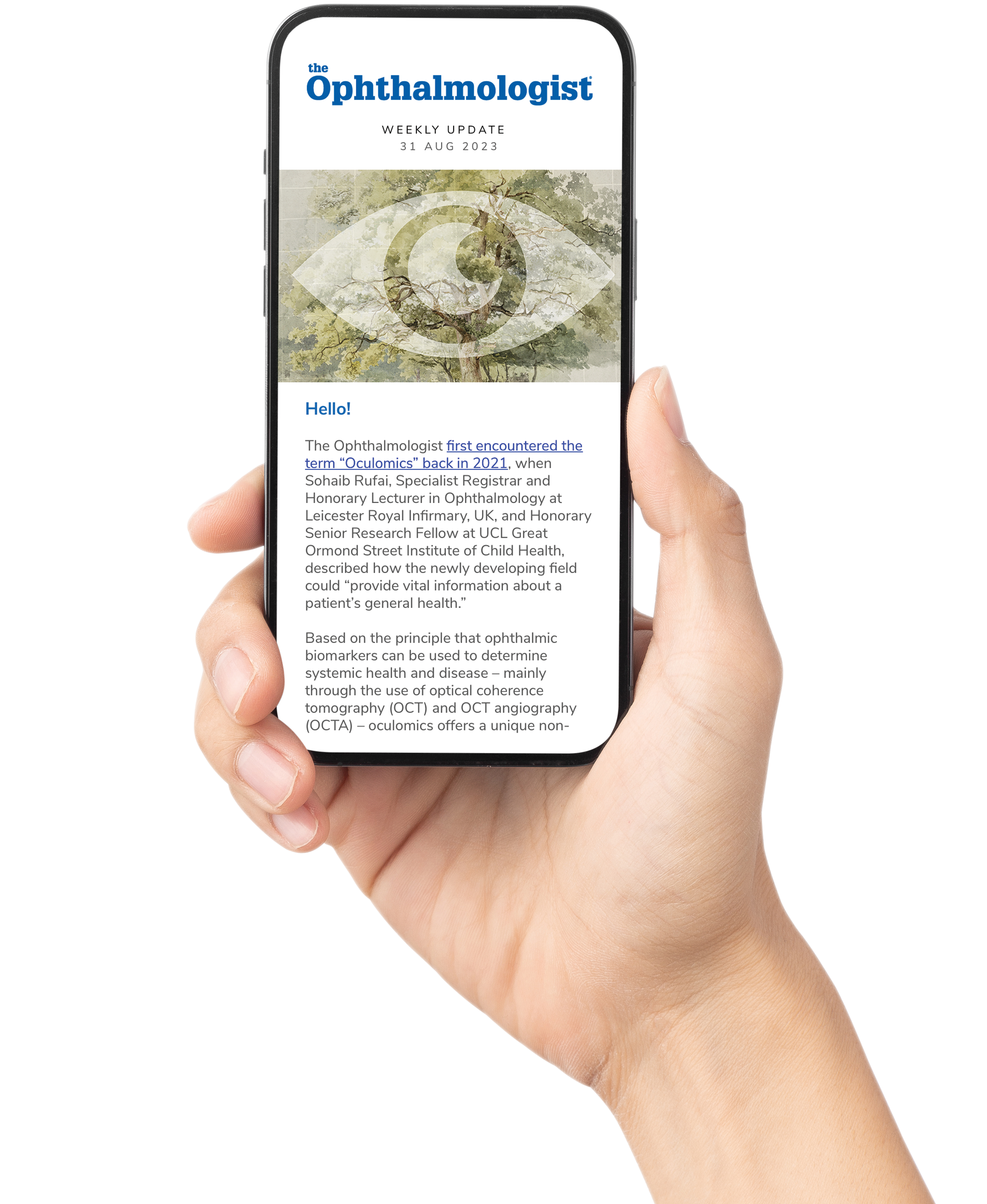
Since joining Aier in 2014, Elaine Zhang has been the driving force behind its overseas acquisitions and a steadfast leader and implementer of Aier’s internationalization strategy. As Vice President, Head of International Business, Innovation and Translation Research, she has led efforts to build its global presence, including expansions into Hong Kong, China, Europe, North America, and Southeast Asia, leading an overseas team of 2,300 employees. She helps forge academic and clinical partnerships while oversees multiple investment and incubation projects, managing a fund of approximately USD 300 million that supports over 30 ophthalmology start-ups.
In mergers and acquisitions, statistics show that around 80% of deals fail, mostly due to poor integration. For us, the key to success has been trust and cultural integration. However, trust doesn’t mean letting partners operate entirely independently without alignment. Our advantage lies in coming from the same industry – we understand ophthalmology and its culture, which build genuine heart-to-heart connections.
Any closing thoughts?
At Aier, our philosophy is about building trust, learning continuously, and empowering people – whether patients, partners in domestic and abroad, students and researchers, or women in underserved regions. We always keep in mind and implement Aier’s mission: Enabling everyone, whether rich or poor, has the right to eye health.
By focusing on integration, innovation, and inclusivity, we aim to build a stronger, more connected global platform for eye health.
